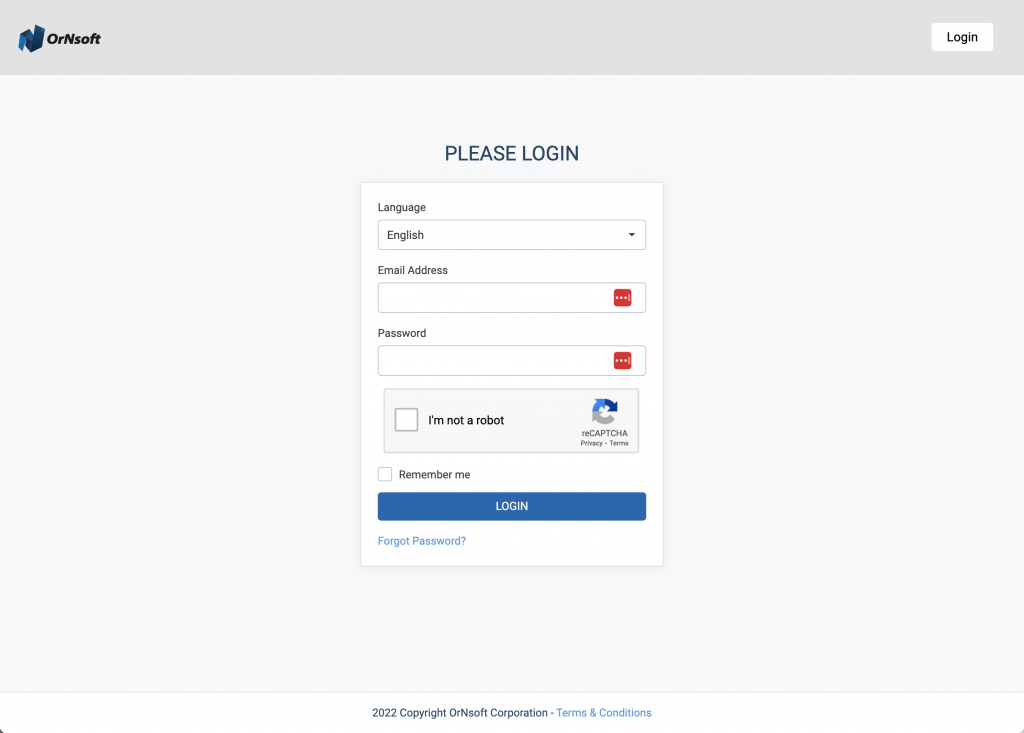Introduction
In the realm of technology, artificial intelligence (AI) and machine learning have become buzzwords, revolutionizing various sectors with their potential. One of the fundamental concepts in machine learning is Decision Trees, a simple yet powerful tool. This article will delve into the concept of Decision Trees, their history, importance, practical applications, and their role in modern enterprises.
What Is "Decision Trees"?
A Decision Tree is a flowchart-like structure used in machine learning and AI to make decisions. It uses a tree-like model of decisions and their possible consequences, including chance event outcomes, resource costs, and utility. Each node in the tree represents a specific attribute, and each branch represents a rule. In essence, Decision Trees provide a highly effective structure within which you can lay out options and investigate the possible outcomes of choosing those options.
History of "Decision Trees"
The concept of Decision Trees dates back to the 1960s, when they were used in the operations research and decision analysis communities. Their use in machine learning, however, began in the 1980s, with the development of algorithms like ID3 and C4.5. Over the years, Decision Trees have been refined and enhanced, with the addition of new features and functionalities. Today, they are a critical part of the machine learning landscape, used in both classification and regression tasks.
Importance of "Decision Trees"
In the current tech landscape, Decision Trees are significant due to their simplicity and versatility. They are easy to understand and interpret, making them a popular choice for exploratory knowledge discovery. Decision Trees are especially useful in data mining, where they serve as a visual representation of complex algorithms. They can handle both categorical and numerical data, making them versatile for various applications. Furthermore, Decision Trees play a crucial role in predictive modeling, helping businesses forecast future outcomes based on historical data.
Practical Applications
Decision Trees have a wide range of practical applications. In healthcare, they are used to predict patient outcomes based on various factors. In finance, they help in credit scoring and risk assessment. In e-commerce, Decision Trees are used for customer segmentation and targeting. They are also used in natural language processing, helping machines understand and respond to human language. In fact, OrNsoft’s AI solutions leverage Decision Trees for various applications.
The Role of ‘Decision Trees’ in Modern Enterprises
In the modern business landscape, Decision Trees help enterprises make informed decisions by providing a clear, visual representation of outcomes. They enable businesses to analyze complex scenarios, explore different strategic alternatives, and understand the potential impact of their decisions. Furthermore, Decision Trees allow businesses to anticipate future trends, helping them stay ahead of the curve. All these benefits make Decision Trees a valuable tool for enterprises across various sectors.
Case Study
One successful implementation of Decision Trees is in the banking sector for credit risk assessment. A leading bank used Decision Trees to assess the credit risk of potential borrowers. The Decision Tree model considered various factors such as income, credit history, employment status, and more to predict the likelihood of default. This helped the bank make informed lending decisions, reducing the risk of bad loans.
Future Outlook
As machine learning and AI continue to evolve, the role of Decision Trees is set to become even more crucial. They are likely to become more sophisticated, with the integration of advanced features and functionalities. Furthermore, the growing focus on explainable AI – where the decision-making process of AI models is transparent and understandable – is likely to increase the relevance of Decision Trees.
Conclusion
In conclusion, Decision Trees are a fundamental concept in machine learning and AI, with a wide range of applications in various sectors. Their simplicity, versatility, and effectiveness make them a valuable tool for modern enterprises. As technology continues to evolve, the importance of Decision Trees is set to grow even further.
Intrigued by the potential of AI for your business? Schedule a free consultation with us here.

